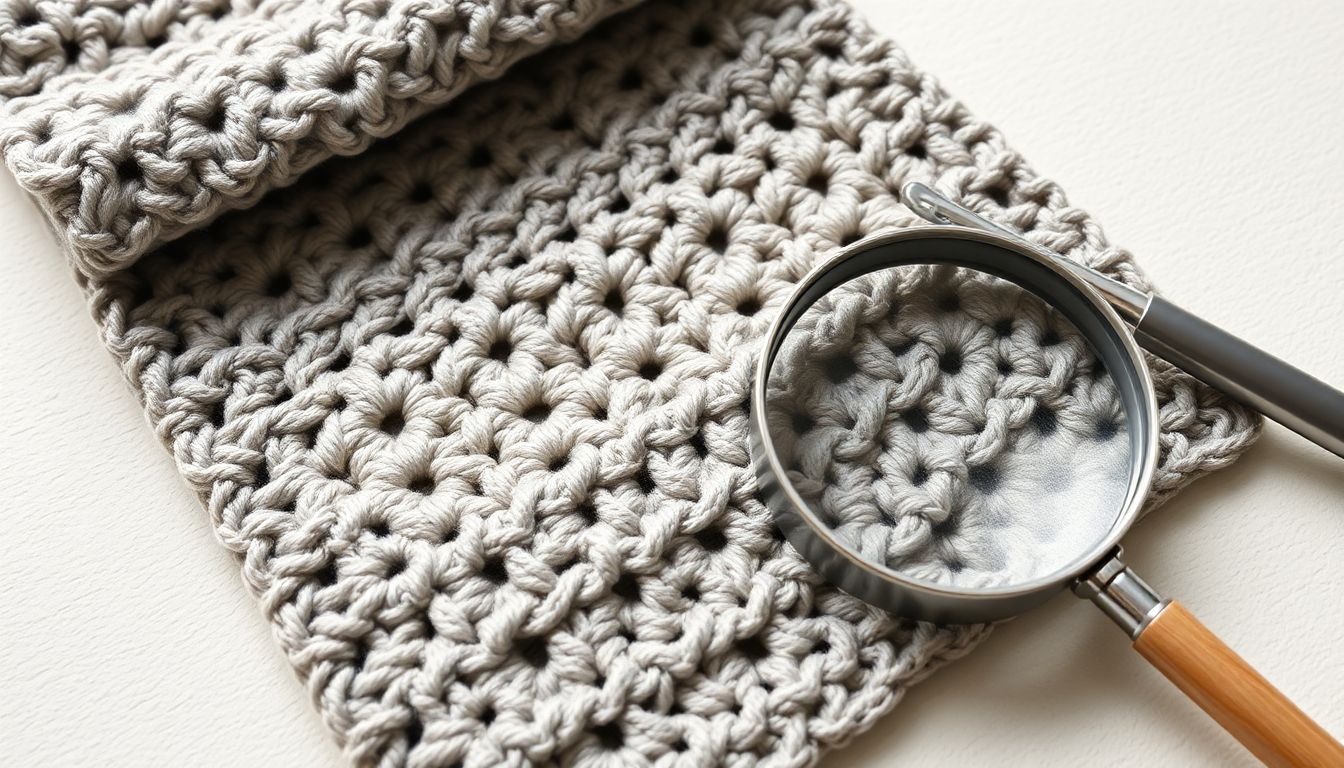
Starting a new crochet project can feel like an adventure. Picture this: you’re excitedly working on a beautiful blanket, only to realize that your stitches are too tight on one end and ridiculously loose on the other. It’s frustrating, and many beginners face this dilemma. In fact, about 80% of novice crocheters experience inconsistent tension, leading to disappointing results. This article will break down common crochet mistakes and give you practical solutions to become a more confident crocheter.
Inconsistent Tension
Identifying Inconsistent Tension
Inconsistent tension is one of the most common mistakes in crochet. You can identify it by observing your stitches: some might be loose while others are tight. This unevenness can dramatically affect the look and feel of your finished project. For example, a beautiful shawl may end up looking lumpy and misshapen.
Causes of Inconsistent Tension
Several factors can contribute to this issue:
- Yarn Weight: Heavier yarn can lead to tighter stitches.
- Hook Size: Using a hook that’s too small can also tighten your tension.
- Crocheting Speed: Rushing through your work usually results in errors.
Solutions for Consistent Tension
To maintain even tension, try these techniques:
- Practice with a tension square to find your comfortable gauge.
- Work on maintaining a steady rhythm in your crocheting.
- Take short breaks to relax your hands.
Incorrect Stitch Counts
Understanding Stitch Counts
Accurate stitch counts are crucial for a successful project. If you lose or gain stitches along the way, it can lead to a finished item that doesn’t match the pattern, like a crooked scarf.
Common Causes of Inaccurate Stitch Counts
- Dropped stitches can happen without you noticing.
- Adding extra stitches is easy when distracted.
- Misreading patterns might lead to skipped or added stitches.
Fixing Stitch Count Errors
Here’s how to get back on track:
- Count your stitches frequently as you work.
- Use stitch markers to identify repeats or section breaks.
- If you make a mistake, don’t hesitate to frog back to the error.
Difficulty Reading Patterns
Decoding Crochet Patterns
Crochet patterns use various symbols and abbreviations that can be confusing for beginners. Familiarizing yourself with these can save you a lot of headaches. A quick reference guide can be helpful.
Understanding Pattern Instructions
Following pattern instructions accurately is essential. For instance, misinterpreting “dc” (double crochet) as “sc” (single crochet) can change your entire project’s look.
Tips for Reading Crochet Patterns
- Highlight important instructions to keep attention focused.
- Break down complex sections into smaller steps to make them manageable.
- Keep a notebook handy to jot down notes or any questions.
Working with Different Yarn Weights
Understanding Yarn Weights
Different yarn weights can drastically change your finished product. From lace weight to bulky yarn, each has its specific use. Understanding this will help you select the best yarn for your project.
Choosing the Right Hook Size
Using the right hook size for your yarn is as important as choosing the yarn itself. Each yarn weight comes with a recommended hook size, which can usually be found on the yarn label.
Adapting Patterns
If a pattern calls for a weight you don’t have, you can adapt it. For example, if a pattern requires worsted weight yarn, you can use sport weight, but adjust your hook size and stitches accordingly for proper sizing.
Managing Your Yarn
Preventing Tangled Yarn
Tangled yarn can be a nightmare. To prevent this, consider using:
- A yarn bowl to keep your yarn in place.
- A yarn swift to unwind skeins easily.
Keeping Track of Your Yarn
To avoid losing track of your yarn during projects, try these ideas:
- Use a yarn guide to keep the yarn from slipping away.
- Organize your workspace with containers to prevent clutter.
Efficient Yarn Management
To optimize your yarn usage:
- Use stitch markers to separate different colors.
- Store leftover yarn neatly to avoid tangling.
Conclusion
Mistakes in crochet are part of the learning process. By addressing issues like inconsistent tension, incorrect stitch counts, and understanding patterns, you can significantly improve your crocheting skills. Remember, practice and patience are key, and the online crochet community is always there to help. Share your experiences and learn from others’ journeys to make your crochet adventures even more rewarding. Happy crocheting!